My goal is that Live Simply Natural becomes a resource to help you feel empowered when making lifestyle and food choices. I’m a big believer that eating a well-balanced diet is the best way to optimize your health. So I’m breaking down everything you need to know to unlock the nutritional powerhouse of the most common whole food ingredients. Today I’m sharing one of my favorites – PEACHES!
Produce Guide: Peaches
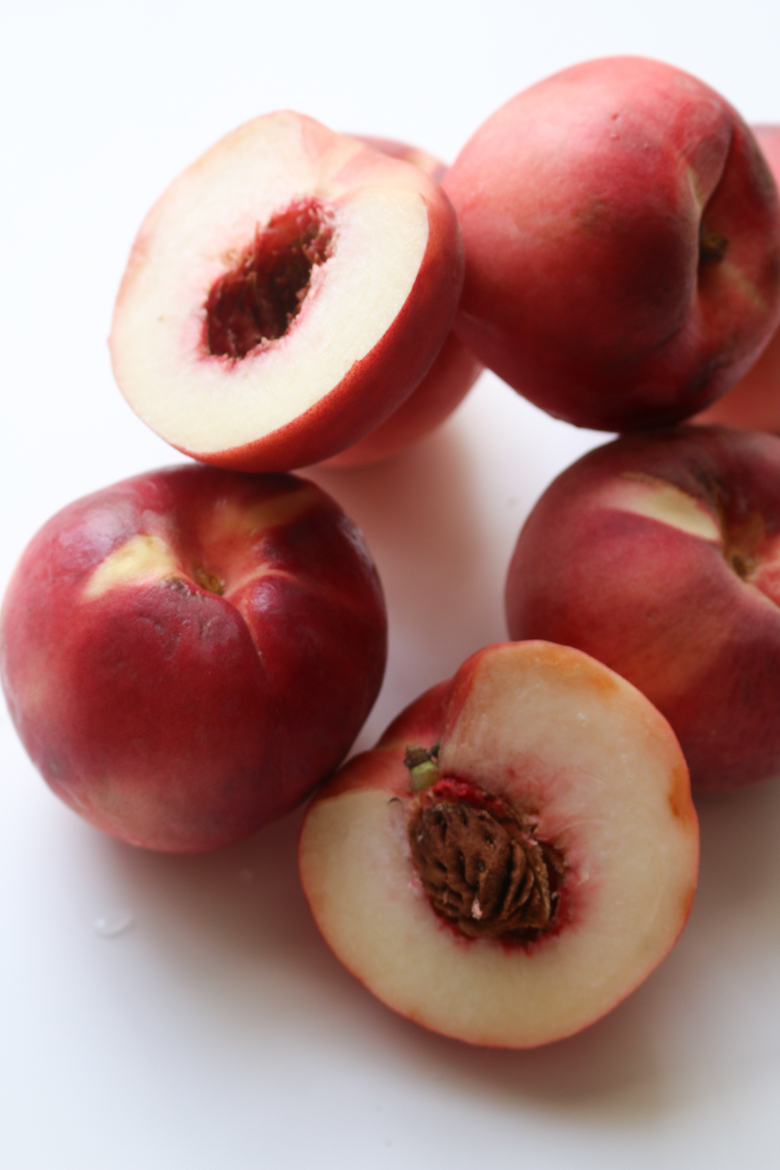
Peaches are one of my favorite stone fruits and one of the best summer experiences. There is nothing better than biting into a perfectly ripe, fragrantly sweet peach. Available through late May to early September, peaches, plums, apricots, and nectarines are among the most delectable of summer’s stone fruits. They are called stone fruit because they contain a stone, or pit, at the center that holds the seed. We love to eat them out of hand, of course, but they’re also delightful in an abundance of sweet and savory recipes: think green bean and peach salad, nectarine and plum pie, stone fruit rosé sangria, and irresistible cobblers.
-
HEALTH BENEFITS
Peaches are loaded with vitamins and minerals and are known for the high amounts of vitamin C per serving. They help in maintaining healthy levels of blood pressure and boosting cardiac health while maintaining healthy skin owing to the presence of a good amount of vitamin C, which also provides a defense against harmful free radicals and infections. Peaches are rich in beta-carotene, which gets converted into vitamin A within the body. Beta-carotene plays an important role in maintaining healthy eyesight and preventing various eye diseases. Peaches are good for maintaining healthy digestive health due to their alkaline content and fiber. Dietary fiber in peaches absorbs water and helps in preventing stomach disorders like constipation
NUTRIENT BREAKDOWN OF PEACHES
*raw peaches, 100g (source)
- Fiber | 1.5 g (6% DV)
- Protein | 0.9 g (2% DV)
- Carbohydrates | 9.9 g (3% DV)
- Vitamin A | 326 IU (7% DV)
- Vitamin C | 6.6 mg (11% DV)
- Vitamin K | 2.6 mcg (3% DV)
- Vitamin E | 0.7 mg (45DV)
- Folate | 4 mcg (1% DV)
- Magnesium | 9 mg (2% DV)
- Potassium | 190 g (5 % DV)
- Calcium | 6 mg (1 % DV)
- Iron | 0.3 mg (1% DV)
-
HOW TO BUY
When shopping for peaches I recommend looking for fruit that is firm to the touch without brown spots or wrinkling. Don’t be afraid to take a sniff—peaches, plums, and nectarines should smell as delicious as you’d expect them to taste. Since peaches and nectaries are high on the “Dirty Dozen” list, I would recommend buying local or organic when possible.
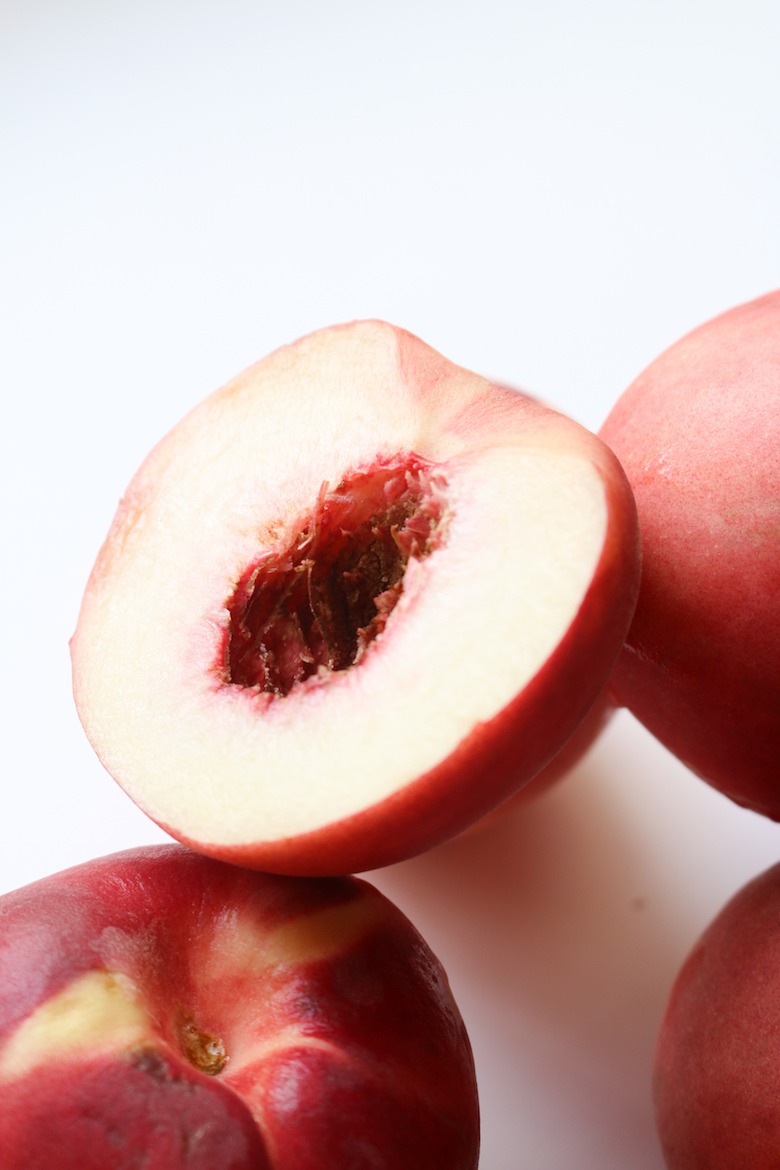
-
HOW TO STORE
When storing it’s best to leave any stone fruits out at room temperature for a day or two to ripen; they’re ready when slightly tender to the touch—a firm press with your finger near the stem end will leave a slight dent. Once ripe, store stone fruits in the refrigerator in the crisper drawer, uncovered and unwashed, for up to five days.

-
HOW TO CUT
When preparing be sure to wash stone fruits in cold water before using. To pit the fruit, slice through the flesh along the seam and in a full circle around the stone; then twist in opposite directions to separate the halves. Remove the stone with a knife end. Slice to use in salads or desserts.
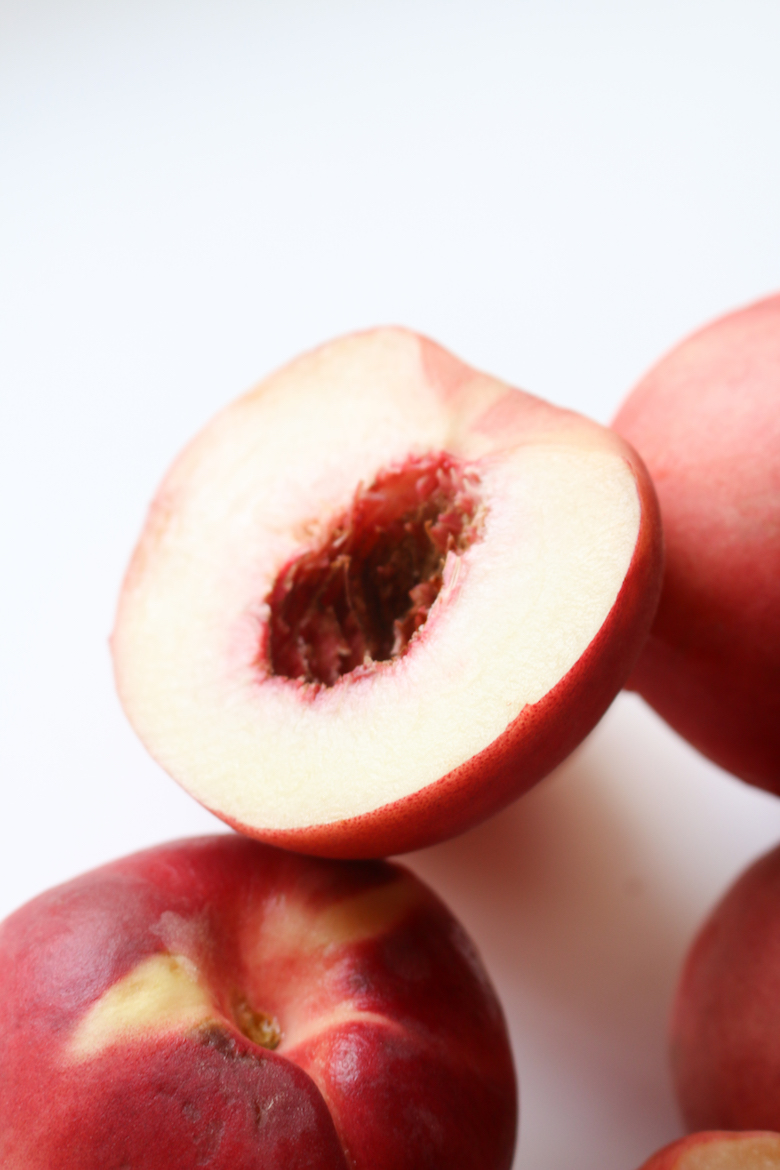
-
PEACH RECIPES
Looking for tasty ways to use your peaches in different recipes? Check out some of our favorites here!
WHAT’S YOUR FAV?
What ingredient do you guys want to learn more about? And if you have a favorite way to eat peaches, tag @livesimplynatural or #livesimplynatural so the LSN community can get inspired by your dish too :)
Hugs,


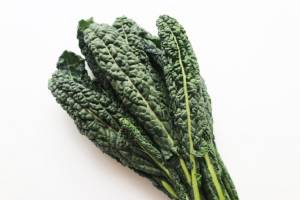

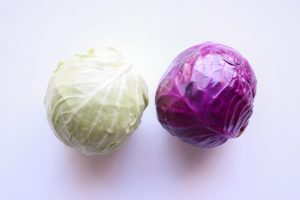
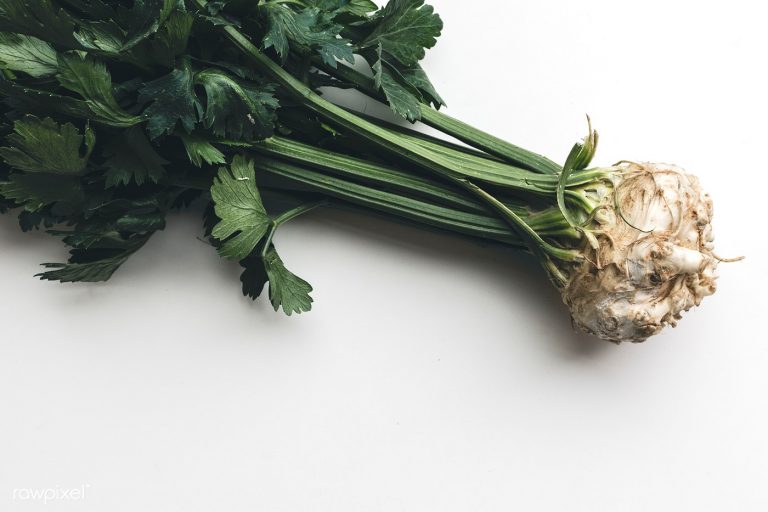

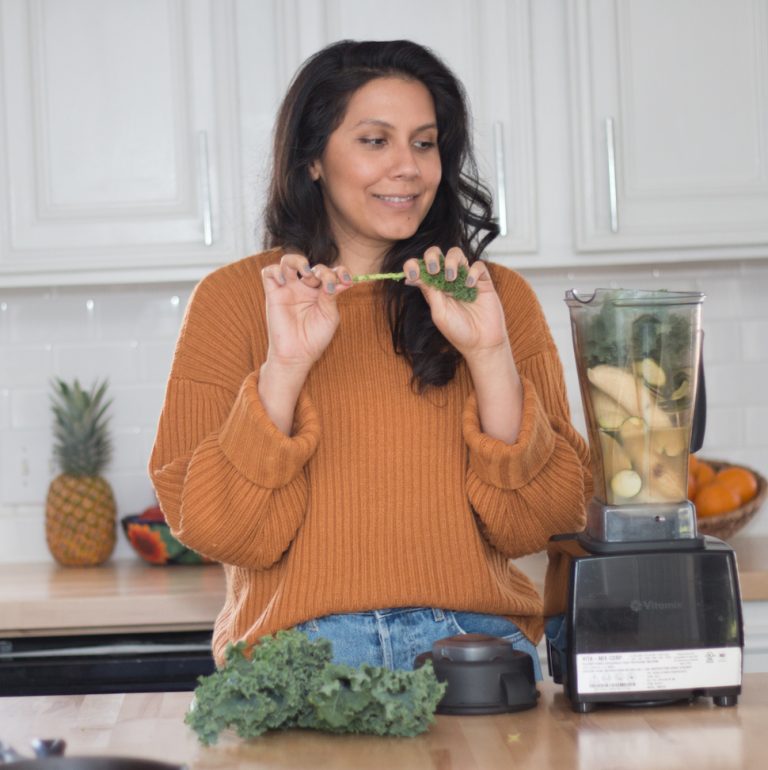
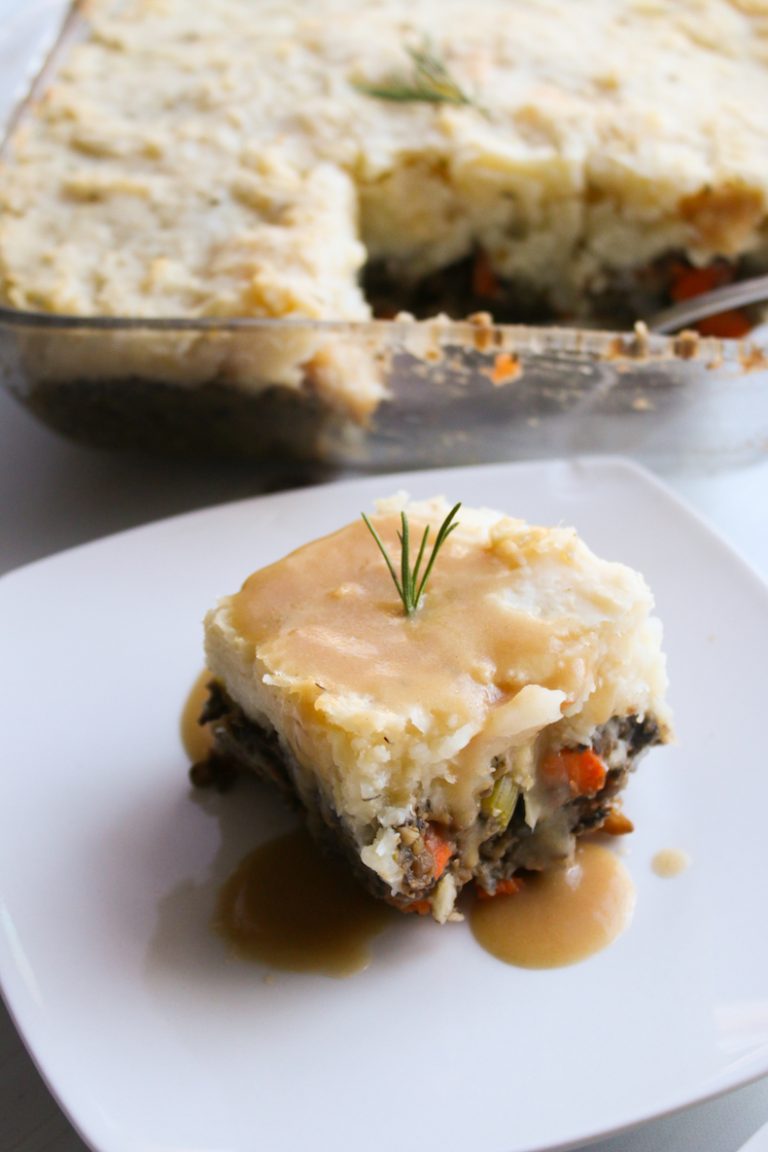
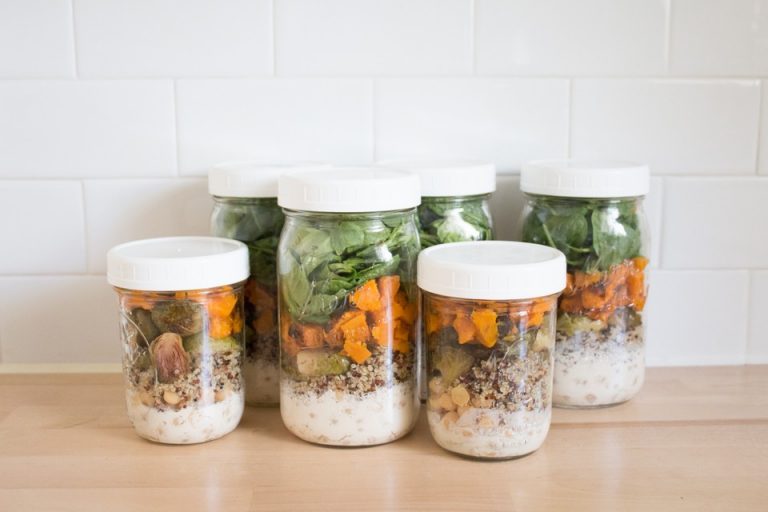


One Comment